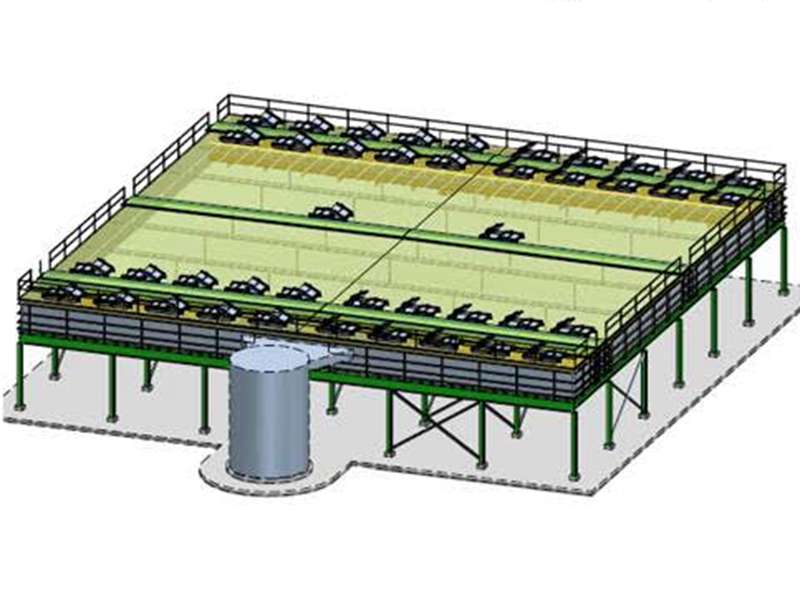
-
 Afrikaans
Afrikaans -
 Albanian
Albanian -
 Amharic
Amharic -
 Arabic
Arabic -
 Armenian
Armenian -
 Azerbaijani
Azerbaijani -
 Basque
Basque -
 Belarusian
Belarusian -
 Bengali
Bengali -
 Bosnian
Bosnian -
 Bulgarian
Bulgarian -
 Catalan
Catalan -
 Cebuano
Cebuano -
 China
China -
 China (Taiwan)
China (Taiwan) -
 Corsican
Corsican -
 Croatian
Croatian -
 Czech
Czech -
 Danish
Danish -
 Dutch
Dutch -
 English
English -
 Esperanto
Esperanto -
 Estonian
Estonian -
 Finnish
Finnish -
 French
French -
 Frisian
Frisian -
 Galician
Galician -
 Georgian
Georgian -
 German
German -
 Greek
Greek -
 Gujarati
Gujarati -
 Haitian Creole
Haitian Creole -
 hausa
hausa -
 hawaiian
hawaiian -
 Hebrew
Hebrew -
 Hindi
Hindi -
 Miao
Miao -
 Hungarian
Hungarian -
 Icelandic
Icelandic -
 igbo
igbo -
 Indonesian
Indonesian -
 irish
irish -
 Italian
Italian -
 Japanese
Japanese -
 Javanese
Javanese -
 Kannada
Kannada -
 kazakh
kazakh -
 Khmer
Khmer -
 Rwandese
Rwandese -
 Korean
Korean -
 Kurdish
Kurdish -
 Kyrgyz
Kyrgyz -
 Lao
Lao -
 Latin
Latin -
 Latvian
Latvian -
 Lithuanian
Lithuanian -
 Luxembourgish
Luxembourgish -
 Macedonian
Macedonian -
 Malgashi
Malgashi -
 Malay
Malay -
 Malayalam
Malayalam -
 Maltese
Maltese -
 Maori
Maori -
 Marathi
Marathi -
 Mongolian
Mongolian -
 Myanmar
Myanmar -
 Nepali
Nepali -
 Norwegian
Norwegian -
 Norwegian
Norwegian -
 Occitan
Occitan -
 Pashto
Pashto -
 Persian
Persian -
 Polish
Polish -
 Portuguese
Portuguese -
 Punjabi
Punjabi -
 Romanian
Romanian -
 Russian
Russian -
 Samoan
Samoan -
 Scottish Gaelic
Scottish Gaelic -
 Serbian
Serbian -
 Sesotho
Sesotho -
 Shona
Shona -
 Sindhi
Sindhi -
 Sinhala
Sinhala -
 Slovak
Slovak -
 Slovenian
Slovenian -
 Somali
Somali -
 Spanish
Spanish -
 Sundanese
Sundanese -
 Swahili
Swahili -
 Swedish
Swedish -
 Tagalog
Tagalog -
 Tajik
Tajik -
 Tamil
Tamil -
 Tatar
Tatar -
 Telugu
Telugu -
 Thai
Thai -
 Turkish
Turkish -
 Turkmen
Turkmen -
 Ukrainian
Ukrainian -
 Urdu
Urdu -
 Uighur
Uighur -
 Uzbek
Uzbek -
 Vietnamese
Vietnamese -
 Welsh
Welsh -
 Bantu
Bantu -
 Yiddish
Yiddish -
 Yoruba
Yoruba -
 Zulu
Zulu
Corrosion Resistance of Fiberglass Ducts for Enhanced Performance and Durability
Understanding the Corrosion Resistance of Fiberglass Ducts
In industries where air distribution systems are crucial, the materials used in ductwork play a pivotal role in ensuring operational efficiency and longevity. Among these materials, fiberglass ducts have gained considerable attention for their superior properties, particularly their corrosion resistance. This characteristic not only enhances the longevity of these systems but also ensures they perform effectively in a variety of challenging environments.
What is Corrosion Resistance?
Corrosion resistance refers to the ability of a material to withstand degradation due to chemical reactions with its environment. For duct systems, this usually means combating the effects of moisture, chemicals, and temperature fluctuations. Traditional duct materials, such as metal, are often vulnerable to rust and corrosion, which can compromise their integrity over time. Consequently, the development of fiberglass ducts has emerged as an innovative solution to address these concerns.
Advantages of Fiberglass Ducts
1. Chemical Resistance Fiberglass ducts are inherently resistant to a range of chemicals. This resistance makes them particularly suitable for industrial applications, such as chemical processing plants, where exposure to corrosive substances is commonplace. Unlike metals that can corrode when exposed to acids and alkalis, fiberglass maintains its structural integrity in these hostile environments.
2. Moisture Resistance In environments with high humidity or where condensation is a regular occurrence, moisture resistance is crucial. Fiberglass does not oxidize like metal, making it immune to rust formation. This property helps in maintaining clean air quality as it reduces the growth of mold and bacteria within the duct system, essential for industries that prioritize hygiene, such as pharmaceuticals and food processing.
fiberglass duct corrosion resistance

3. Lightweight and Versatile Fiberglass ducts are significantly lighter than traditional metal ducts. This lightweight nature simplifies installation, reduces labor costs, and minimizes structural support requirements. Additionally, fiberglass can be molded into various shapes and sizes, making it adaptable for different applications with complex layouts.
4. Insulation Properties Fiberglass ducts provide excellent thermal insulation. This insulation not only aids in energy efficiency but also minimizes the risk of condensation occurring on the exterior surface of the ducts. By preventing the formation of water droplets, they further enhance corrosion resistance in condensation-prone installations.
Applications of Fiberglass Ducts
The advantages of fiberglass ducts have led to their wide application across various industries. In the aerospace field, manufacturers utilize fiberglass for its lightweight and non-corrosive properties, allowing for efficient air management in aircraft. Similarly, in the marine industry, fiberglass ducts find use in ships and boats, where exposure to saltwater can be detrimental to traditional duct materials. Moreover, in the construction sector, fiberglass ducts are increasingly favored for HVAC systems in commercial buildings, ensuring that air quality remains uncompromised over time.
Conclusion
In conclusion, the corrosion resistance of fiberglass ducts makes them an ideal choice for modern air distribution systems across numerous industries. Their ability to withstand chemical attack, prevent moisture accumulation, and offer thermal insulation sets them apart from traditional duct materials. As industries continue to prioritize efficiency, safety, and sustainability, fiberglass ducts will likely play an even greater role in the future of HVAC design and implementation.
Choosing the right duct material is critical for any facility. By opting for fiberglass ducts, businesses can ensure lower maintenance costs, enhanced longevity, and improved operational efficiency. As technology advances, the applications of fiberglass will continue to expand, further solidifying its position as a leading solution in the fight against corrosion in duct systems.









